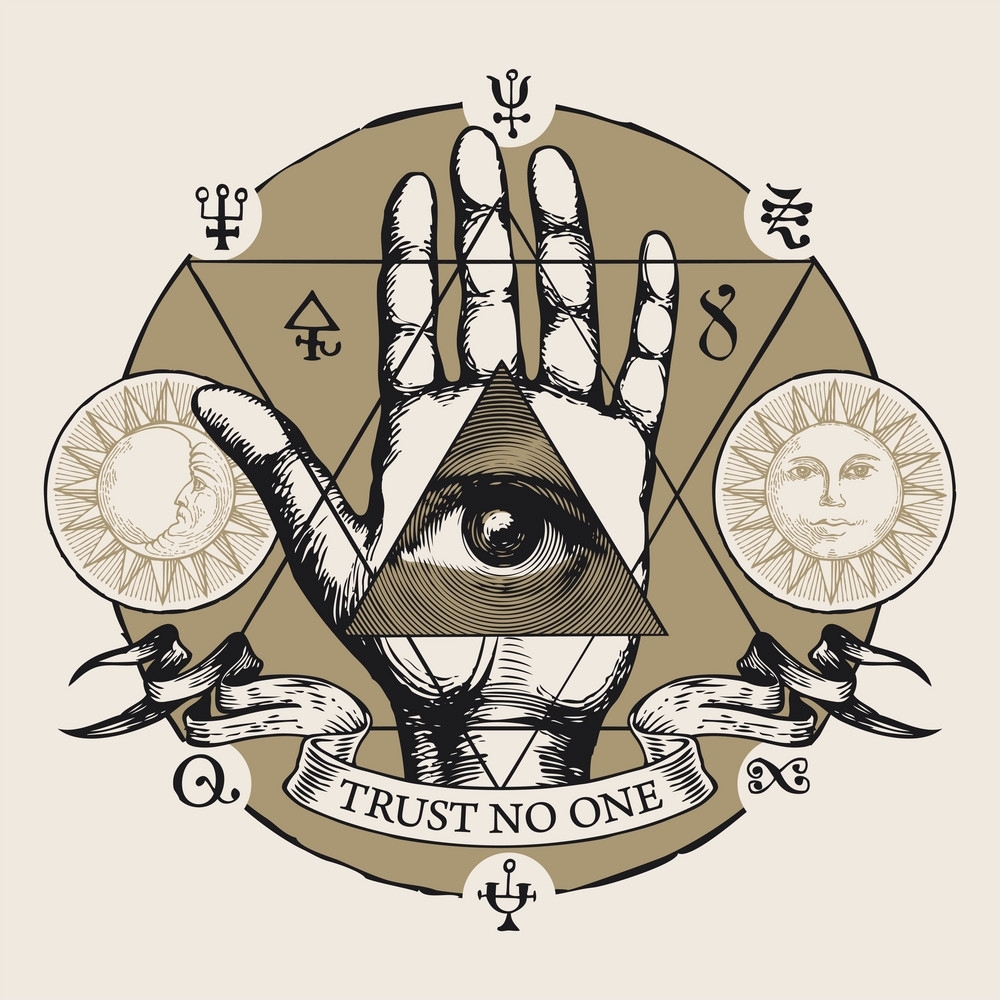“To-day, many a hundred year since Paulinus talked with Edwin, there are more people in Christendom who question whether man has a spirit to come anywhence or to go anywhither than, perhaps, in the world’s history could ever before have been found at one time. And the very Christians who claim that Death’s terrors have been abolished, have surrounded the bier and the tomb with more gloom and more dismal funeral pomp than have the votaries of any other creed. What can be more depressing than the darkness in which a house is kept shrouded, while the dead body is awaiting sepulture? What more repellent than the sweeping robes of lustreless cape, and the purposed hideousness of the heavy cap in which the widow laments the “deliverance” of her husband “from the burden of the flesh”? What more revolting than the artificially long faces of the undertaker’s men, the drooping “weepers,” the carefully arranged white handkerchiefs, and until lately, the pall-like funeral cloaks? During the last few years, a great and marked improvement has been made. The plumes, cloaks and weepers have well-nigh disappeared. The grotesquely ghastly hearse is almost a thing of the past, and the coffin goes forth heaped over with flowers instead of shrouded in the heavy black velvet pall. Men and women, though still wearing black, do not roll themselves up in shapeless garments like sable winding-sheets, as if trying to see how miserable they could make themselves by the imposition of artificial discomforts. Welcome commonsense has driven custom from its throne, and has refused any longer to add these gratuitous annoyances to natural human grief.
In literature and in art, alike, this gloomy fashion regarding Death has been characteristic of Christianity. Death has been painted as a skeleton grasping a scythe, a grinning skull, a threatening figure with a terrible face and uplifted dart, a bony scarecrow shaking an hour-glass — all that could alarm and repel has been gathered round this rightly-named King of Terrors.
…
That such a view of Death should be taken by the professed followers of a Teacher said to have “brought life and immortality to light” is passing strange. The claim, that as late in the history of the world as a mere eighteen centuries ago the immortality of the Spirit in man was brought to light, is of course transparently absurd, in the face of overwhelming evidence to the contrary available on all hands. The stately Egyptian Ritual with its Book of the Dead, in which are traced the post-mortem journeys of the Soul, should be enough; if it stood alone, to put out of court for ever so preposterous a claim.
… The general belief in Reincarnation is enough to prove that the religions of which it formed a central doctrine believed in the survival of the Soul after Death; … the testimony of the great Zarathushtian Religion is clear … the Persian Desatir speaks with equal definiteness.
… In China, the immemorial custom of worshipping the Souls of ancestors shows how completely the life of man was regarded as extending beyond the tomb. … Indeed, so practical is this Chinese belief, held to-day as in those long-past ages, that “the change that men call Death” seems to play a very small part in the thoughts and lives of the people of the Flowery Land.
… The whole ancient world basked in the full sunshine of belief in the immortality of man, lived in it daily, voiced it in its literature, went with it in calm serenity through the gate of Death.
It remains a problem why Christianity, which vigorously and joyously re-affirmed it, should have growing in its midst the unique terror of Death that has played so large a part in its social life, its literature, and its art. It is not simply the belief in hell that has surrounded the grave with horror, for other Religions have had their hells, and yet their followers have not been harassed by this shadowy Fear.”
– Annie Besant, Death – And After?


